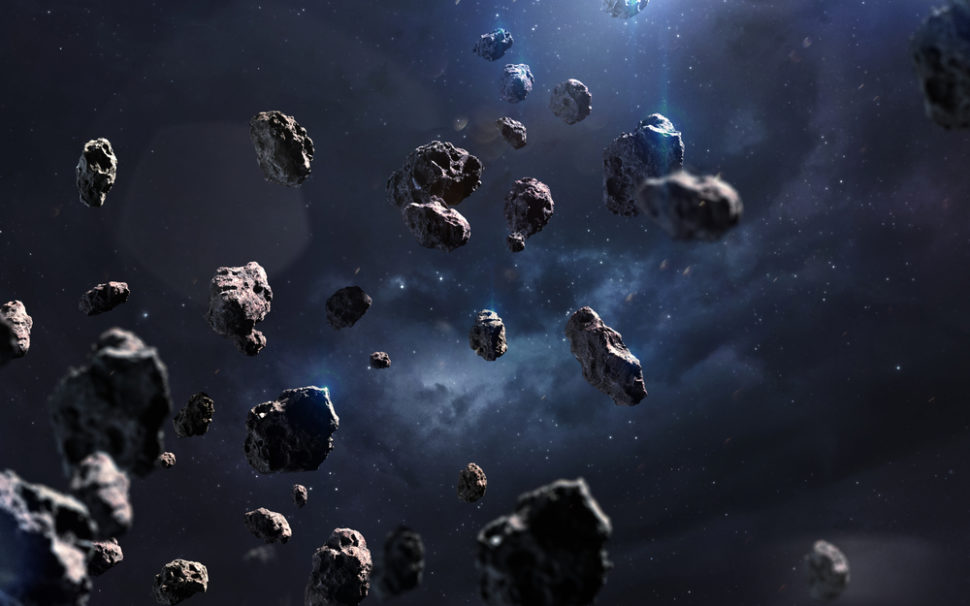Nearly four decades after the Voyager 1 spacecraft’s correction maneuver thrusters were last used, NASA has once again fired them up.
To date, NASA’s Voyager 1 is the only spacecraft-and human-made object for that matter- cruising along interstellar space. When we say interstellar space, it refers to the vast place in between the stars outside of our solar system.
The said spacecraft entered the said zone in 2012, nearly 37 years after it was launched. Right now, official data from the Voyager Mission at the Jet Propulsion Laboratory in Caltech shows that Voyager 1 is over 13 billion miles away from Earth.
In its over three decades of flying in space, the NASA spacecraft has allegedly relied on its thrusters to maneuver or orient itself to be able to communicate with scientists here on our planet. The thrusters reportedly fire tiny pulses, called “puffs,” that usually lasts for just a few milliseconds.
These puffs are more than enough to cleverly rotate the spacecraft, so its antenna remains pointed towards Earth. However, what’s making all the buzz now is the four backup thrusters of Voyager 1 that were not used since 1980 but have remained functional to this day.
“With these thrusters that are still functional after 37 years without use, we will be able to extend the life of the Voyager 1 spacecraft by two to three years,” Suzanne Dodd, Voyager Mission project manager, said in a statement.
The Voyage 1 Thrusters
According to NASA, the four dormant thrusters of Voyager 1, known as Trajectory Course Maneuvering thrusters, were test-fired last November 28th, 2017. They allegedly fired, in short, 10-millisecond bursts.
The confirmation signal that the spacecraft had successfully maneuvered after firing the thrusters was received by the Deep Space Network in Goldstone, California the following day. Form Voyager 1’s then location in space, the signal traveled for 19 hours and 35 minutes before reaching Earth.
Since 2014, it is said that NASA engineers have observed the deteriorating condition of the spacecraft’s thrusters. It appears that the thrusters now require longer burns just to generate the same amount of energy for maneuvering.
Because the Voyager craft is a billion miles away from home and obviously can’t be repaired, the engineers came up with the solution to use the backup TCM thrusters for attitude control. The said thrusters are located at the back of the spacecraft and were last used on November 8, 1980, in a trade-off maneuver that ejected Voyager 1 out of the plane of the solar system.
“The Voyager flight team dug up decades-old data and examined the software that was coded in an outdated assembler language, to make sure we could safely test the thrusters,” Chris Jones, chief engineer at NASA’s Jet Propulsion Lab, said in a statement.
After the successful test firing, NASA engineers will now use the TCM thrusters as Voyager 1’s primary spacecraft orientation. According to reports, NASA also plans to do the same with Voyager 2.
While the plan seems flawless, NASA admits that there are still some drawbacks. One of which is that the thrusters require heat to operate. That means turning on additional spacecraft heater for each thruster using the energy being drawn from the craft’s source of power, the plutonium-238-fueled Radioisotope Thermoelectric Generator.
This could have an adverse effect on the plutonium generator’s lifespan. NASA said that when there are no more extra power to sustain the TCM thrusters, they will be switching back to Voyager 1’s primary thrusters in the future.



















Comments (0)
Least Recent